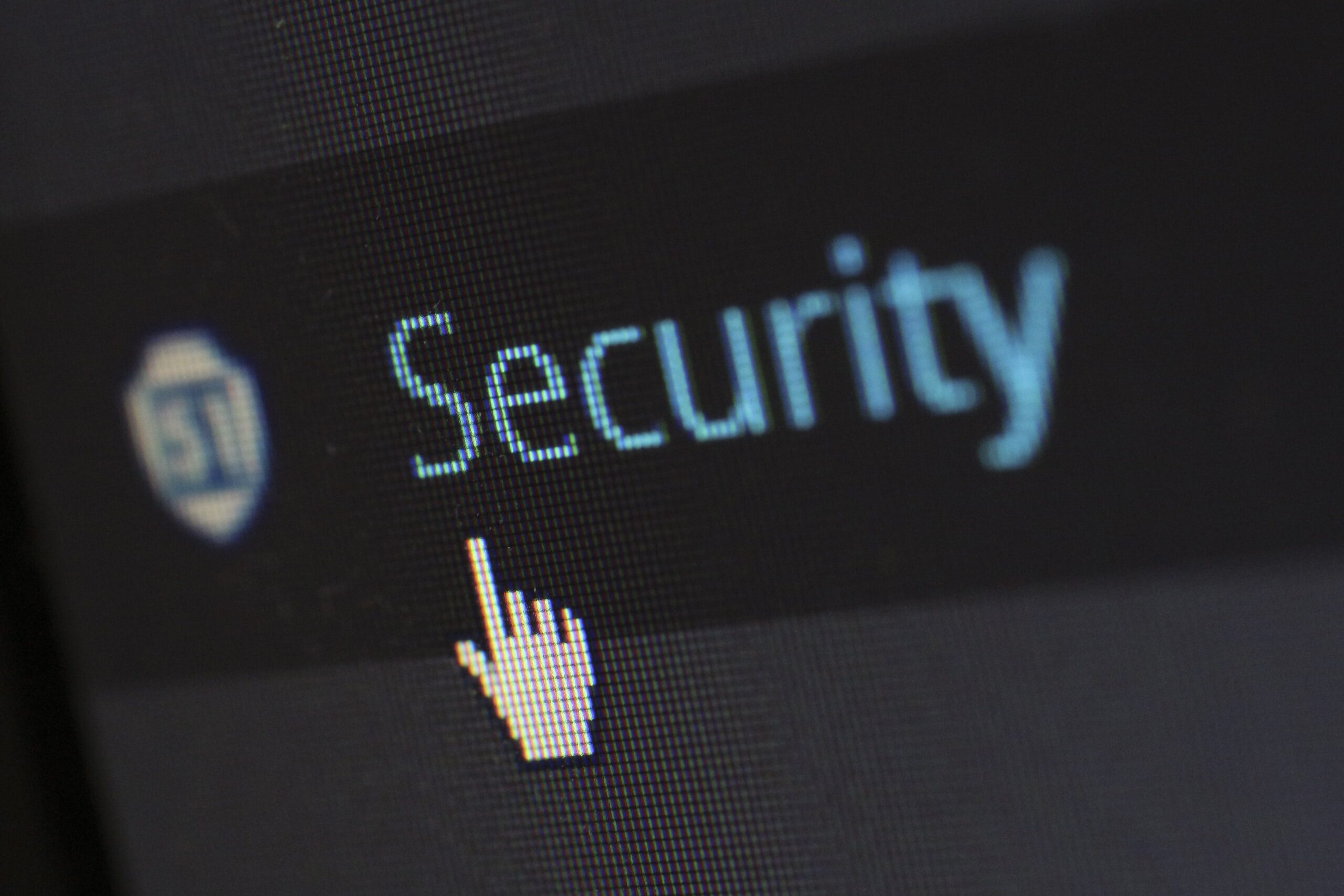Cybersecurity Best Practices for Remote Work in a Post-Pandemic World
The global pandemic accelerated the shift toward remote work, transforming how businesses operate. As we move into a post-pandemic world, remote work remains a prominent feature of the modern workplace. However, with the increased reliance on remote work comes new cybersecurity challenges that organizations must address to protect their sensitive data and digital assets.
Here, we’ll cover some cybersecurity best practices tailored for remote work environments in the post-pandemic era.
Embrace Zero Trust Principles
Zero Trust Security is a cybersecurity framework that advocates for the principle of “never trust, always verify.” Adopting a zero trust approach is crucial in a post-pandemic world, where employees access company resources from various locations and devices. Under this framework, no one is trusted by default, whether they’re a worker inside or a contractor outside the organization.
For better security, organizations should ensure strong authentication methods such as multi-factor authentication (MFA) are in place to verify users’ identities. Also, always grant users the minimum level of access required to perform their job tasks, thus reducing the potential for unauthorized access.
Secure Home Networks
With remote work, employees often use their less-than-secure home networks to access company resources. To address this, organizations should encourage employees to use Virtual Private Networks (VPNs) to encrypt data transmitted over home networks. Provide guidelines for securing home networks, such as changing default router passwords and keeping firmware updated.
Ensure Endpoint Security
Endpoint security is critical to protect people’s personal, at-home devices from threats. Best practices include deploying Endpoint Detection and Response (EDR) solutions to detect and respond to threats on endpoints, and ensuring all devices, including personal ones, are regularly updated with the latest security patches and software updates. It also pays to implement the capability to remotely wipe or lock devices in case they’re lost or stolen.
Educate and Train Employees
One of the weakest links in cybersecurity is often the human factor. Phishing attacks and social engineering tactics continue to target remote employees. To mitigate this risk, educate employees about common cyber threats, phishing awareness, and safe online practices. You might conduct simulated phishing exercises to test employees’ ability to recognize and respond to phishing attempts. Also, encourage employees to report any suspicious emails or activities promptly.
Secure Cloud Services
The adoption of cloud services for remote work has surged. Organizations should focus on securing cloud environments to protect data and applications. You can implement Identity and Access Management (IAM) solutions to control and manage user access to cloud resources. Plus, encrypt sensitive data in transit and at rest within cloud services. Don’t forget to continuously monitor cloud environments for security misconfigurations and vulnerabilities, too.
Establish Incident Response Plans
No matter how robust your security measures are, incidents can still occur. Having a well-defined incident response plan is essential. Key steps include designating a team responsible for coordinating incident response efforts and creating predefined procedures and playbooks for various types of incidents. Then, test the incident response plan through tabletop exercises and update it based on lessons learned.
Consider Container Security for Remote Work
Containers have become an integral part of modern application development and deployment. They provide flexibility, scalability, and consistency, making them an ideal choice for remote work environments. Well-thought-out container security allows organizations to package applications and their dependencies into portable, isolated units, and for remote workforces to therefore work efficiently and securely.
Implement Secure Collaboration Tools
Remote work relies heavily on collaboration tools like video conferencing, messaging apps, and file-sharing platforms. To ensure these tools are used securely, choose collaboration tools that prioritize security and privacy features and ensure data shared through these tools is encrypted end-to-end.
Monitor User Activity
Continuous monitoring of user activity is vital to detect and respond to suspicious behavior. Implementing User and Entity Behavior Analytics (UEBA) can help identify anomalies in user activity patterns. UEBA solutions analyze user behavior and flag unusual or high-risk activities, and you can set up automated alerts to notify security teams of potential security incidents. Be sure to investigate any flagged anomalies promptly to determine whether they pose a security risk.
Stay Informed About Emerging Threats
Cyber threats are constantly evolving. To remain vigilant, organizations should stay updated on the latest cybersecurity threats and vulnerabilities by subscribing to threat intelligence feeds and participating in industry information sharing. You can collaborate with industry peers and organizations to share threat intelligence and best practices. From there, continuously adjust cybersecurity measures to respond to emerging threats proactively.
Asset Tracking for Remote Work
As organizations embrace remote work, managing and tracking digital assets become increasingly challenging. Remote employees may use various devices and access company resources from different locations. As a result, effective asset tracking is essential to ensure all tech tools and data remain secure. Maintain an accurate inventory of devices used by remote employees and invest in asset management software that allows you to track and manage devices remotely.
As remote work becomes a long-term fixture of the post-pandemic world, organizations must prioritize cybersecurity to protect their data and operations. By adopting these cybersecurity best practices tailored for remote work, you can navigate the challenges of the modern workplace while maintaining a secure digital environment.
Photo Credit: Pexels

